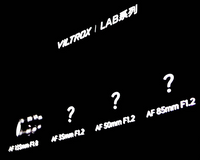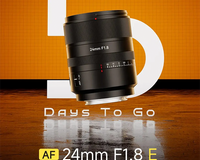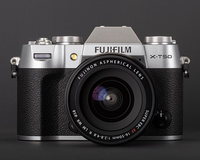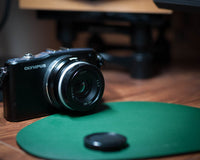This is the first time I’ve felt compelled to write a review for a lens. There are several reasons for this: I have never owned the legendary Biotar 75mm f/1.5, yet I’ve always wanted to try it and compare it with similar lenses in my collection. Moreover, many people have asked whether it’s worth buying the new TTArtisan 75mm F1.5, which closely resembles the iconic Biotar 75mm f/1.5 in terms of design and optical formula. After some thought, I decided to showcase this lens’s examples and compare them with those of similar focal length, aperture, and bokeh characteristics.
Looking through my collection, I realized that the 75mm focal length is quite rare. You could count the number of lenses with such parameters on one hand. Unfortunately, I didn’t have an exact 75mm lens in my collection, so I decided to compare it with something similar and more widespread among photographers. I chose two other lenses: the Helios 40-2 85mm f1.5, which has a similar design, bokeh, and price, and the Sony 85mm f1.4 GM I, which serves as a modern autofocus lens with a large aperture of f/1.4.
I thought this comparison would highlight the imperfections of older optical designs—where the edges of the frame are blurry and lack sharpness—against modern lenses.
But first, we need to determine who this lens is for. Who is the potential buyer? Let’s start by addressing the pros and cons of this lens.
Pros:
- It is lighter, weighing 562 grams compared to the Helios 40-2 85mm f/1.5, which weighs 830 grams.
- The focusing mechanism is far more convenient than that of the Helios 40-2 85mm f1.5.
- The lens offers decent sharpness in the center of the frame, and even the blurred edges look better compared to the Helios 40-2 85mm f/1.5.
- The price is almost half that of the Helios 40-2 85mm f/1.5 (based on what I found online, the Helios currently ranges from $400 to $600, with recent price increases).
- It is the most affordable lens that resembles the legendary Biotar 75mm f/1.5 in terms of focal length, optical rendering, and bokeh, all for $269.
- It features a universal mount (M42), compatible with almost any digital or film camera, including medium-format systems like Fuji GFX, provided you use the right adapter.




Cons:
- This lens is mainly used for portrait photography or situations where the subject is centered in the frame. Everything outside the focus zone is blurred, forming a circular bokeh. This could be seen as both a disadvantage and a unique feature since the bokeh character changes depending on light and distance to the subject.
- The edges of the frame are noticeably blurry, lacking contrast and sharpness compared to modern lenses. Stopping down to f/4 improves edge sharpness but diminishes the bokeh, which defeats the purpose of owning such a lens.
- Chromatic aberration is apparent when shooting against the light.
- The absence of autofocus (although you can use the TECHART LM-EA9 autofocus adapter for Leica M to get some autofocus, albeit slow, in the center of the frame).


Comparison with other lenses on a Fuji GFX 100s (Prokinar 70mm f1.4 — Prokinar 75mm f1.6 — Helios 40-2 85mm f1.5 — Meopta 70mm f1.4 — Benoist Berthiot Cinestar 80mm f1.55) — I compared the blur of relatively similar focal length lenses that I had (I have many lenses with similar focal lengths, but I specifically chose ones with similar circular blur





Examples taken with Sony A1 camera


Examples taken with Fuji GFX 100s medium format camera















2 comments
StanislaVS
У меня было три версии Гелиос 40 (белый и два черных), а также современная версия Zenit 85/1.5 под Canon. После покупки этого TTArtisan 75/1.5 продал оба Гелиос 40-2 под М42, так как TTArtisan 75/1.5 оказался во всех отношениях лучше (он компактнее и легче, резче по центру, крутит боке как и все Гелиосы 40, им легче фокусироваться). У меня тоже никогда не было оригинального Biotar 75/1.5 и очень счастлив, что не купил в свое этот мусор за очень большие деньги. Очень интересно наблюдать, как владельцы Biotar 75/1.5 пытаются его продать и вернуть вложения, но думаю после выхода TTArtisan 75/1.5 это уже нереально. Вот мое сравнение: https://www.flickr.com/photos/113819844@N04/54102094140/in/dateposted-public/
bandrac
I have Helios 40-2 bought new in 1992
It seems to give similar results, very interesting when well used (hood against flare)
For a more vintage look try square picture and perhaps black and white!